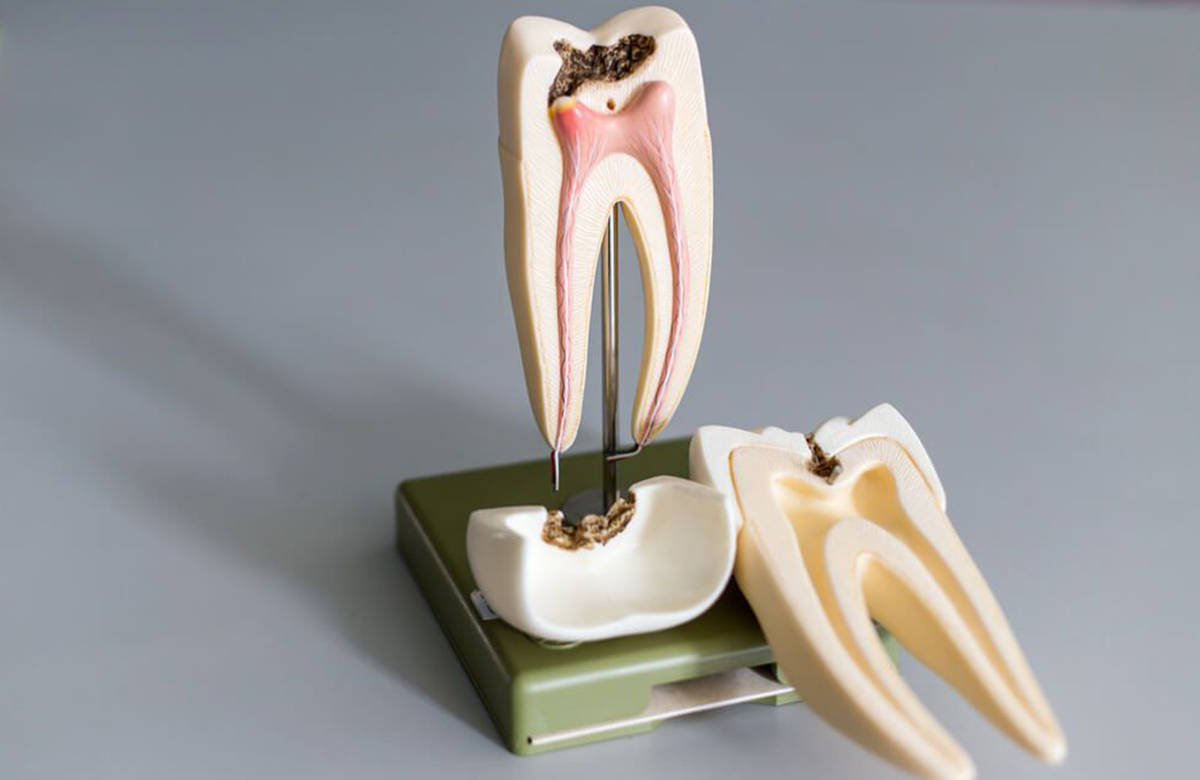Root Canal Treatment in Brighton-Le-Sands
Save Your Tooth with Root Canal Therapy
Root canal therapy, also known as endodontic treatment, involves removing infected or damaged pulp (nerve) tissue from inside the tooth. The goal is to save the tooth, prevent further infection, and preserve its structure.

Who Needs Root Canal Therapy?
Root canal therapy is necessary when the pulp is affected by decay or infection. Common symptoms include:
- Severe toothache
- Sensitivity to hot and cold
- Swelling
- Pain when chewing or biting
- An abscess on the gums
Benefits of Root Canal Therapy
Preserves the Tooth
Saves the tooth from extraction.
Eliminates Pain
Relieves pain caused by infected or damaged pulp.
Prevents Infection
Stops the spread of infection to surrounding teeth and gums.
Improves Oral Health
Maintains overall oral health by addressing the source of infection or decay.
Conventional Root Canal Therapy
The most common type involves accessing the pulp chamber through a small hole in the tooth, removing the pulp, cleaning and shaping the canals, and filling them with gutta-percha. The tooth is then sealed with a filling or crown.

Preparing for Root Canal Therapy
- Inform Your Dentist: About any medical conditions or medications.
- Ask Questions: Understand the procedure and what to expect.
- Take Prescribed Antibiotics: If advised by your dentist.
- Fasting: Avoid eating or drinking for a few hours before the procedure.
- Arrange Transportation: Have someone drive you home.
- Relax: Use calming techniques like music or deep breathing.
What Happens During Root Canal Therapy?
- Anaesthesia: Local anaesthetic is applied to numb the area.
- Access Opening: A small hole is made in the tooth’s crown.
- Cleaning: Infected pulp is removed and the canals are cleaned and disinfected.
- Shaping: The canals are shaped to create space for the filling.
- Filling: The canals are filled with gutta-percha and sealed.
- Restoration: A filling or crown is placed to protect and restore the tooth.
Aftercare for Root Canal Therapy
- Avoid Eating/Drinking: Until numbness wears off.
- Pain Management: Take prescribed pain medication.
- Avoid Biting/Chewing: With the treated tooth until restored.
- Oral Hygiene: Brush and floss regularly and use antiseptic mouthwash.
- Diet: Avoid hard, crunchy, or sticky foods.
- Follow-Up Appointments: Ensure proper healing and placement of the final restoration.
- Contact Your Dentist: If you experience severe pain, swelling, or bleeding.
Testimonials
Posted onTrustindex verifies that the original source of the review is Google. I have been attending this practice for over 20 years with my family of 6. I have always found Dr Fiona and her staff to be very professional and caring. The cleanliness of this practice is pristine and you cannot fault them on their attention to detail. This is a very family orientated dental practice and all my children have grown up with Dr Fiona and her team and continue to attend. Highly recommended.Posted onTrustindex verifies that the original source of the review is Google. I have been seeing Fiona since I was a child and wouldn’t go anywhere else. Always clean, efficient and friendly!Posted onTrustindex verifies that the original source of the review is Google. Dr. Fiona and the rest of her team have been very accommodating ever since I had my first emergency visit with them. They check up on me after every visit and also sends me reminders. Thank you, Dr. Fiona and team!Posted onTrustindex verifies that the original source of the review is Google. I recently visited Dr. Fiona's practice for a dental check-up and cleaning as my usual practice had no open spots. I was impressed by the professionalism and cleanliness of the practice. Dr. Fiona, along with her team including Lisa the practice manager and Nicoly the dental assistant, were exceptionally warm and helpful. I wouldn't usually describe a dentist visit as "enjoyable," but they made it just that by alleviating any anxiety and ensuring the process was smooth from start to finish. Highly recommend!Posted onTrustindex verifies that the original source of the review is Google. Very friendly staff, helped with all my enquiries. Good overall service.Posted onTrustindex verifies that the original source of the review is Google. An exceptionally good Practice. Everything about Family Dental Practice is outstanding. The Staff is professional and knowledgeable yet warm, friendly and caring. They take time to listen and take into account your whole medical history for better understanding to provide best care. Everything from the clean, waiting rooms, the up to date equipment, the follow up phone calls from receptionist makes it a very pleasant experience.Posted onTrustindex verifies that the original source of the review is Google. Experienced practitioner, providing high quality results over many years. Fiona and her team are friendly and focused on excellent patient care.Verified by TrustindexTrustindex verified badge is the Universal Symbol of Trust. Only the greatest companies can get the verified badge who has a review score above 4.5, based on customer reviews over the past 12 months. Read more
Don’t Delay Root Canal Therapy - Book with Us
Delaying treatment can lead to the spread of infection or damage, potentially requiring more extensive dental procedures or tooth extraction. For more information or to schedule a consultation, contact Family Dental Practice in Brighton-Le-Sands today.
